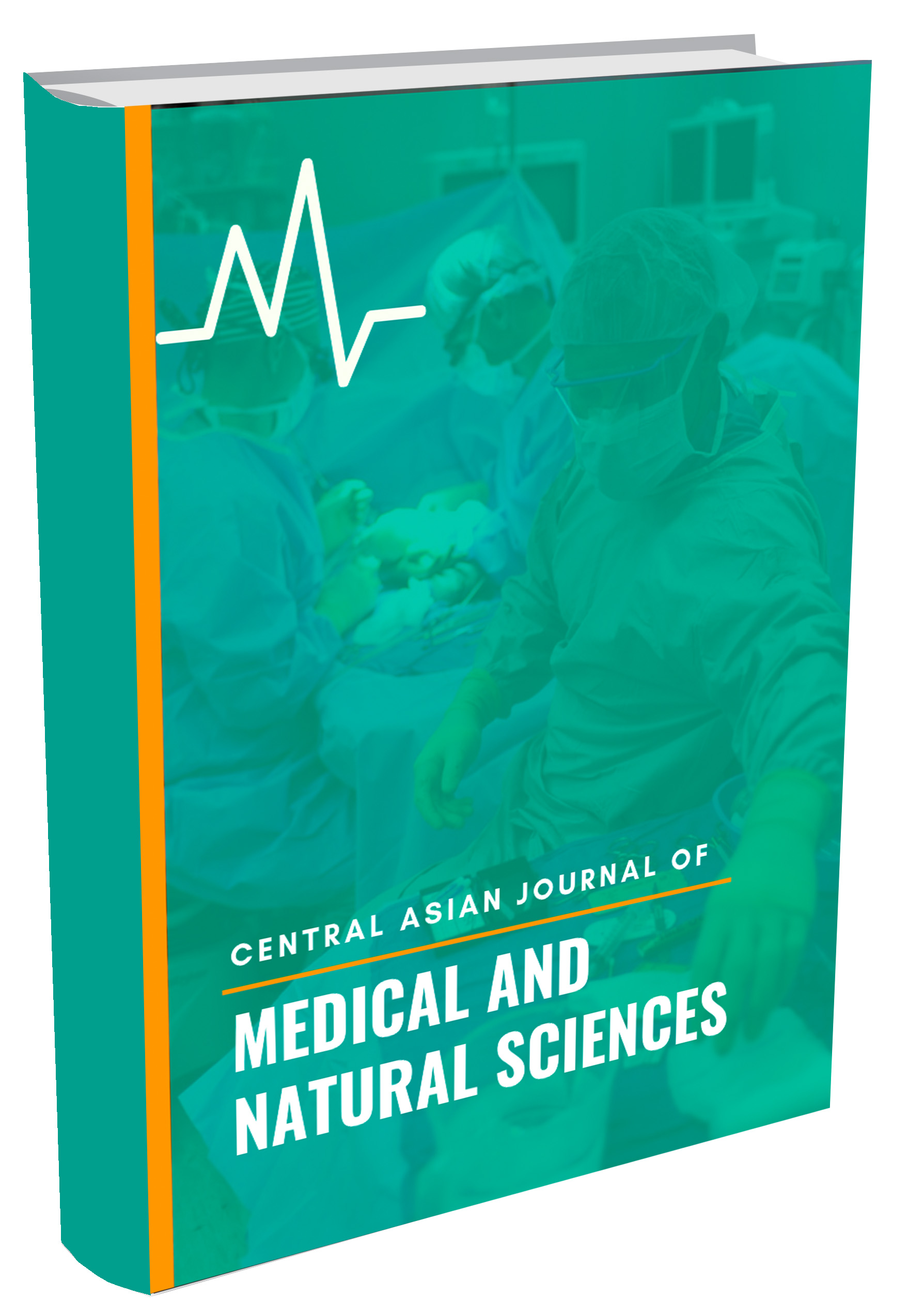Yield Gap Analysis of Mustard in District Sonbhadra
Abstract
Food security of India depends on mustard. The study was conducted in Sonbhadra region of Uttar Pradesh to assess yield gap at farmers’ field. Sonbhadra was purposively selected because of large area under the mustard system. Out of the this district blocks with maximum area under mustard system were selected. From the selected villages, 120 farmers were selected through proportionate random sampling from small (up to 2.00 hectares), medium (above 2.00–4.00 hectares) and large (more than 4.00 hectares) farmers. There is a yield gap on all the farms. The yield gap-II was more than the yield gap-I. The major constraints responsible for yield gap were late sowing/transplanting, higher prices of seed, nonavailability of fertilizer at sowing time, lack of funds with farmers and infestation of pest and disease. There is further scope to increase productivity on the farms by managing the constraints. Providing quality inputs to the farmers at right time in sufficient quantity can help in reducing yield gap. Increasing agricultural productivity or yield is critical to economic growth and development. This can be achieved by using improved agricultural technologies and management systems. Yield refers to production per unit area. Yield gap is calculated by subtracting achieved average yield from the yield potential. Understanding yield gap is very crucial for it can assist in yield predictions since yield potential shows the probable future productivity to be achieved. Also, information on determinants of yield gap can be used in policy interventions for enhancing production. In order to meet increasing demands of food due to increasing population and income, food production in India need to be increased.
References
2. Kostrowicky, J., 1983, Land Use System and Their Impact on Environment: An Attempt at Classification, The Geographer, Special Number, Vol. 1, pp 6-14.
3. Pandey, D.K. and Sharma, V.N., 2012, Land use pattern in Saryupar plain, Uttar Pradesh: A geographical analysis, National Geographical Journal of India, 58 (4): pp. 53-64.
4. Prasad, P., 2006, Land use change and environmental degradation in Dhanbad district: A Geographical Study, Ph.D. thesis, Department of Geography, B.H.U., Varanasi pp. 53-91.
5. Singh, A.K., Singh, S.P. and Dwivedi, S., 2010, Land Use and Cropping Pattern Followed by Vegetable Growers in Eastern Utter Pradesh, Research Journal of Agricultural Sciences, Jammu and Kashmir 1(4), pp. 448-450
6. Singh, A.K. and Dwivedi, S., 2012, Population Pressure and Land use Change in Chakia Block of Chandauli District, U.P., National Geographical Journal of India, B.H.U., Varanasi 58 (2): pp. 107-16
7. Singh, S.K. and Kumar, A., 2016, Land, Land Use and Land-Use Change: A Conceptual Understanding and its Inter-Linkages, Population, Development and Environment An Indian Experience Edited by Rai, A.K. and Kumar, A., Manakin Publication, New Delhi, pp. 269-276.
8. Singh, S.K. and Sharma, V.N., 2015, Land Use Pattern in District Sonbhadra, Earth Surface Review, Geographical Developmental Research Institute, Gorakhpur, Uttar Pradesh, India, December 2013, 4 (2): pp 8-15.
9. Tripathi, S.K., 2001, Geographical study on agricultural development, problems and prospectus in Mirzapur district Ph.D. thesis, Department of Geography, B.H.U., Varanasi
10. Talukdar, M. and Singh, S., 2011, Land use Change in Tinsukia District, Assam, National Association of Geographer of India, 31 (1): pp. 81-92.





